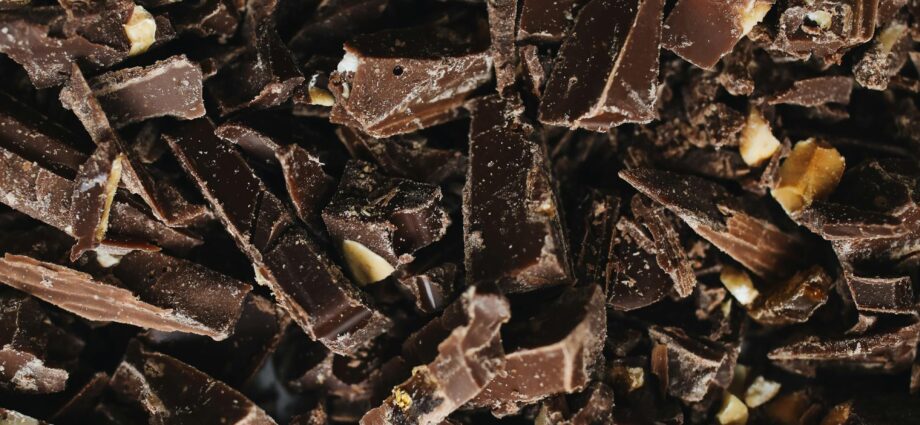
Close-Up Photo Of Sliced Chocolate. Photo by Polina Tankilevitch/ Pexels.
by Jacob Lee
September 7, 2024
The chocolate-making process has long been criticized for being wasteful, with only the cocoa beans used while the rest of the fruit is discarded. The cocoa industry produces around 700,000 tons of waste annually, with a majority of it littered, damaging fertile soil. The discarded parts of the fruit contain valuable nutrients and flavors that could enhance the quality of chocolate while also contributing to a more sustainable production process.
In a remarkable breakthrough for the chocolate industry, Swiss food scientists and researchers at ETH Zurich have developed an innovative method to produce chocolate using the entire cocoa fruit. This eco-friendly approach has the potential to revolutionize the industry by reducing waste, enhancing the nutritional profile of chocolate, and providing new economic opportunities for cocoa farmers.
The New Method for More Sustainable Chocolate
Using extensive research, Zurich created a “cocoa-fruit chocolate recipe,” in which they process the flesh and parts of the fruit shell into a powder. The pulp is then added to this powder, resulting in a cocoa gel. This gel serves as a sweetener, replacing the added sugar typically found in chocolate.
Environmental and Health Benefits
By using this gel as a sweetener, cocoa-fruit chocolate contained a higher fiber content than the average European dark chocolate (around 20% more). This increased fiber level allows for better regulation of intestinal activity and prevents rapid increases in blood sugar levels.
Further, compared to standard chocolate, cocoa-fruit chocolate has 30% less saturated fats, which is linked with cardiovascular disease.
Industry Impact
The development comes at a time when consumers are increasingly looking for products that are both sustainable and healthy. The chocolate industry, which has traditionally been criticized for its environmental impact and high sugar content, stands to benefit significantly from this innovation.
By embracing this new method, chocolate manufacturers can appeal to a broader market of health-conscious and environmentally-aware consumers.
However, this new chocolate is far from being widely released. In terms of costs, using cocoa pulp and juice costs more than sugar. While the new chocolate presents unique opportunities for small-scale farmers to diversify revenue streams, it requires investments in drying facilities and labor costs.
“Although we’ve shown that our chocolate is attractive and has a comparable sensory experience to normal chocolate, the entire value creation chain will need to be adapted,” says Kim Mishra, the main author of the Nature Food study. “Cocoa-fruit chocolate can only be produced and sold on a large scale by chocolate producers once enough powder is produced by food processing companies.”
Although the product is not yet available, it still has a tangible impact on the rest of the industry. As the industry moves towards more sustainable practices, this innovation could serve as a model for other sectors, paving the way for a more sustainable future in food production.
Subscribe to our newsletter.
This article was originally published on IMPAKTER. Read the original article.

